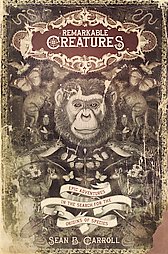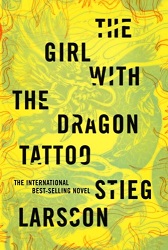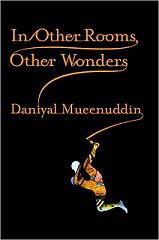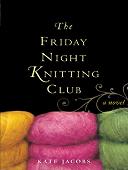
Remarkable Creatures is a collection of “epic adventures in the search for the origins of species.” The book is made up of short non-fiction accounts of some of the most influential scientists and researchers from the early 1800s through present day who studied the history of the earth and those creatures that have lived upon it. The title of the book seems not only to refer to the menagerie of species, both living and extinct, that were the focus of study, but also the singular men and women who studied them.
From the naturalist Humboldt who explored the wilderness of South America and Mexico for many years in the early 1800s collecting specimens and cataloging previously unknown plant and animal species, to Darwin whose own exploratory findings lead him to put forth his controversial hypotheses on the origin of species, Remarkable Creatures presents historic facts and theories while also creating an interesting narrative of the main characters and their adventures.
From Humboldt and Darwin, continuing chronologically, the book then moves into the era of paleontology. With several new theories put forth in the mid and late 1800s, there were many scientists anxious to prove, disprove or offer their own hypotheses. Each character is presented as the star of their own story, often starting from childhood. My favorite of these adventurers was Roy Chapman Andrews, a fellow from Wisconsin who loved spending time outdoors as a child while growing up in the late 1800s and who desperately wanted to pursue a profession in natural history. Even though he had never traveled farther than 90 miles from his home, on the day of his graduation from a nearby college he declared that he was going to New York to try to get a job at the natural history museum. Though he was told there were no positions available, Roy said that he would be happy to clean floors just so that he could be at the museum. Slowly, he worked his way up, impressing the museum director and his co-workers, eventually leading to a number of field expeditions. During World War I Roy secured an assignment as a spy, working under the cover of collecting zoological specimens in Asia. After the war ended, Roy proposed a grand Mongolian expedition to the museum president, outlining all necessities and addressing the many logistical challenges. The president was immediately captivated and Roy then went to visit a number of Wall Street tycoons for financing. The expeditions that followed were tremendous successes, unearthing thousands of fossils and the first dinosaur eggs ever seen. Roy was the image of a new breed of explorer-scientist, and with his ever-present hat and rifle, and infamous fear of snakes, it is no wonder that many assume he was the original influence in the creation of the character Indiana Jones.
The book tells the stories of many such interesting characters, including Luis and Walter Alvarez, a father and son team who determined that a meteor struck the earth roughly 65 million years ago causing widespread devastation, and the husband-wife team Louis and Mary Leakey who, in an attempt to find a humanoid “missing link” in Africa, uncovered fossils never before seen. There are stories of the search and discovery of fossils linking dinosaurs and birds as well as the missing “fishapod” which served to form more links in the evolutionary chain. The final chapters in the book focus on recent advancements in genetic aging techniques and where the field might go from this point.
The book is well composed; a lot of information presented concisely and without too much of a heavy scientific hand. Written by a professor and scientist in the field of molecular biology and genetics, it is apparent that Carroll loves the subject matter. If I have any criticism of the book it would be that on occasion he seemed to get overexcited about what he was writing and would throw in a bad pun or two and interrupt the flow, but overall a very interesting and informative history that can be enjoyed even by those of us without exceptionally scientific minds.









